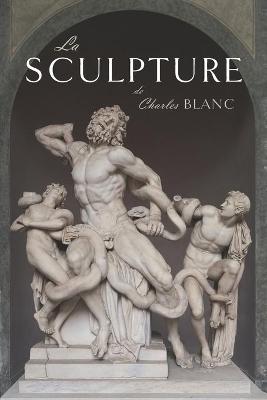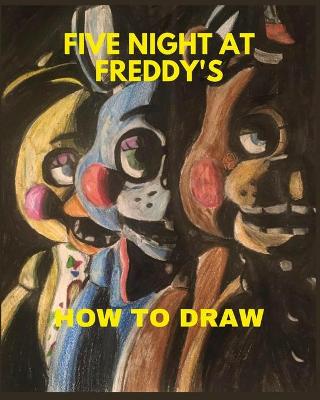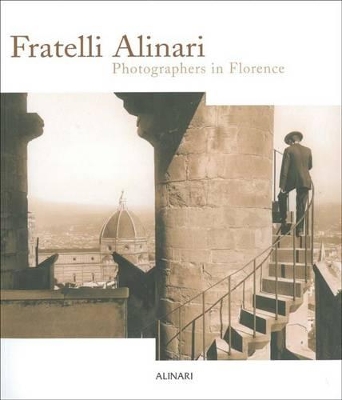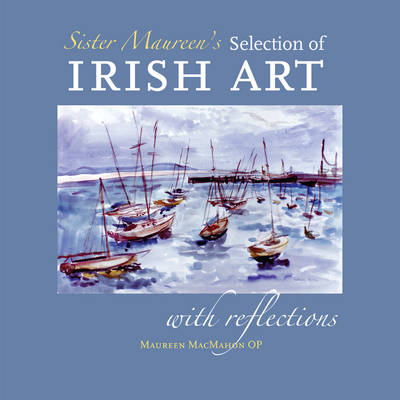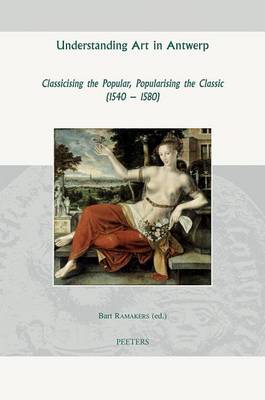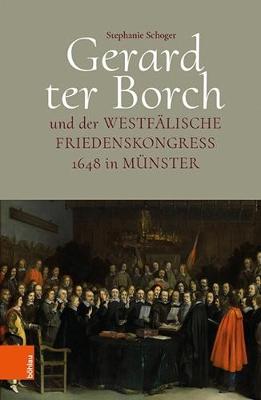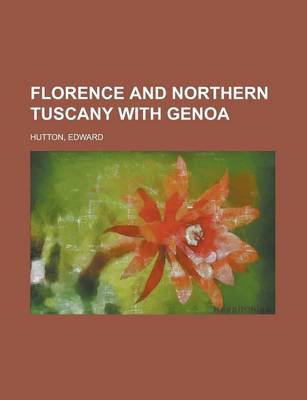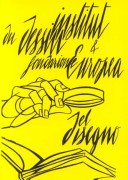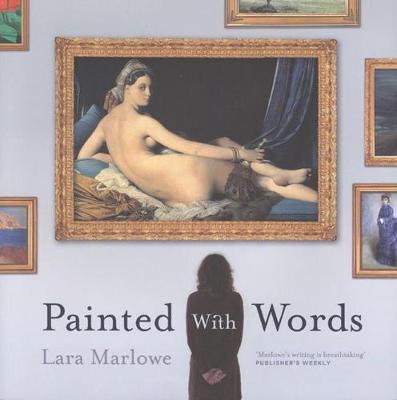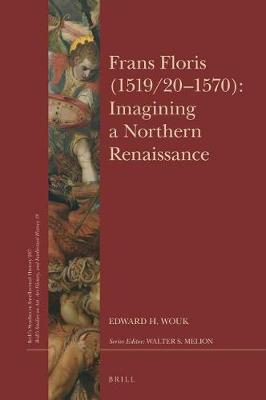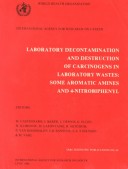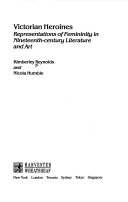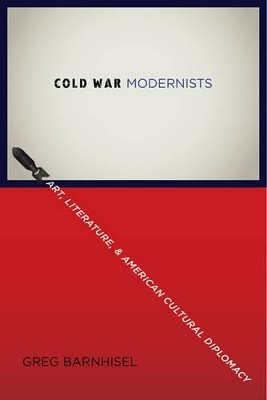Photographers in Florence
by C H Favrod, M Maffioli, Z Ciuffoletti, Ch -H Favrod, Z Cruffolettu, E Sesti, Charles-Henri Favrod, and Emanuela Sesti
Understanding Art in Antwerp (Groningen Studies in Cultural Change, v.45)
On January 23-24, 2008 the University of Groningen hosted an international symposium entitled 'Understanding Art in Antwerp. Classicising the Popular, Popularising the Classic (1540-1580)', where art historians, literary historians and musicologists explored how art was understood in Antwerp in the sixteenth century, how that art understood itself and conveyed such understanding to others, and how students of early modern Antwerp should understand that concept of art historically. Attention was...
Gerard ter Borch und der westfälische Friedenskongress 1648 in Münster
by Stephanie Schoger
Henning Christiansen/Ursula Reuter (Danish Contemporary Art Foundation S.)
by Rene Block and etc.
Frans Floris de Vriendt radically transformed Netherlandish art. His monumental mythologies introduced a new appreciation for the heroic nude to the Low Countries and his religious art challenged standards of decorum. Born into a family of sculptors and architects, Floris refashioned his art through travel, first studying with the humanist painter Lambert Lombard in Liege and then continuing on to Italy. These experiences defined the hybridizing novelty of his art, forged by juxtaposing antique...
A radical revision of Victorian constructions of femininity is proposed and developed in this book. Using a wide range of textual examples and visual illustrations, it argues against the crude dyadic model which has prevailed over recent decades. In its place it suggests a more complex paradigm simultaneously able to conceal and reveal contradictory attitudes to Victorian womanhood. The book explores the highly erotic fantasy elements frequently found in widely disseminated "orthodox" female ima...
European intellectuals of the 1950s dismissed American culture as nothing more than cowboy movies and the A-bomb. In response, American cultural diplomats tried to show that the United States had something to offer beyond military might and commercial exploitation. Through literary magazines, traveling art exhibits, touring musical shows, radio programs, book translations, and conferences, they deployed the revolutionary aesthetics of modernism to prove-particularly to the leftists whose Cold Wa...
